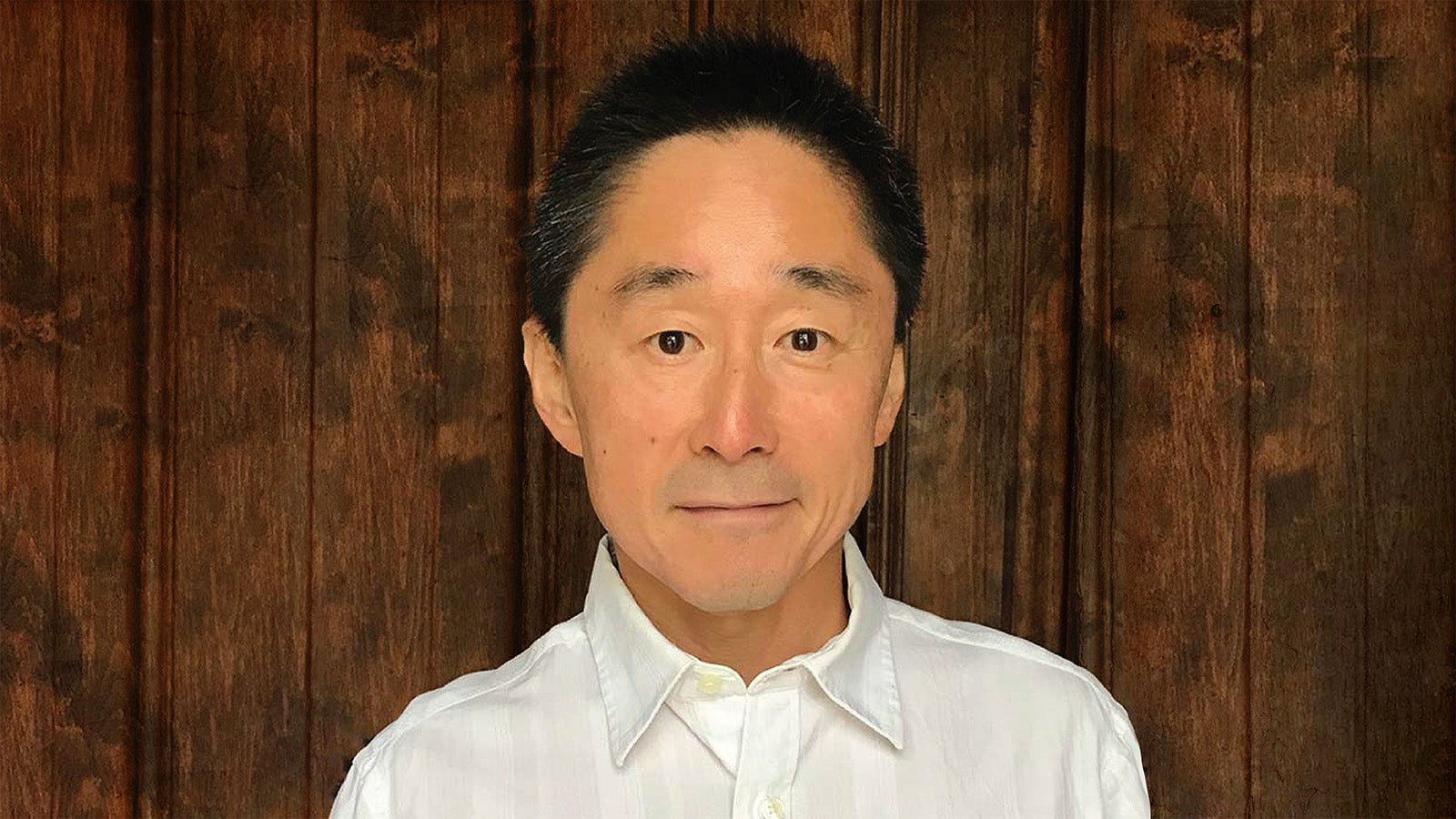Junichiro Kono has been awarded a $2-million grant from the Gordon and Betty Moore Foundation to study the interactions of light and matter -- without light.
“In the past, we used strong laser fields to modify and control materials properties, but with limited success. Thanks to this grant, we will achieve that goal by engineering the fluctuating electromagnetic fields of the quantum vacuum surrounding the material inside optical cavities,” said Kono, the Karl F. Hasselmann Chair in Engineering and professor of electrical and computer engineering at Rice.
Kono’s proposal is titled “Development of Terahertz Optical Cavities for Creation of Hybrid States of Matter.”
One consequence of quantum theory is that a vacuum cannot be thought of as empty space. It is full of fluctuating electromagnetic fields, or virtual photons, that correspond to their zero-point energy, even though the average number of photons is zero. Such short-lived vacuum fluctuations, Kono said, are behind some of “the most fascinating processes in the universe.”
“Recent experiments in our lab have demonstrated that light and matter can ultra-strongly couple, or hybridize, to an extreme degree, inside cavities. An astounding aspect of such light-matter hybrids is the fact that the ‘light field’ to which the matter couples is not an external laser field, but the vacuum fluctuation field in the cavity,” Kono said.
“The newly produced ground state, represented by a matter-vacuum entangled wavefunction, has characteristics that neither the original matter ground state nor the ordinary vacuum possesses.”
Such vacuum-dressed matter, or matter-dressed vacuum, will make possible development of vacuum-enabled solid-state technology. Ultra-strong coupling with a vacuum in cavity settings can create unusual modifications of material properties via quantum squeezing, including induced superconductivity and metal-insulator transitions. Solid-state devices could be revolutionized by coupling with the quantum vacuum. For quantum information processing, vacuum-enabled protocols have already been proposed.
“No federal agencies currently invest in this burgeoning field. I am deeply grateful to the Moore Foundation for deciding to provide support for this blue-sky research. We plan to create an interactive, collaborative, and multidisciplinary research community to pursue quantum vacuum electronics,” Kono said.
The Gordon and Betty Moore Foundation fosters path-breaking scientific discovery, environmental conservation, patient care improvements and preservation of the special character of the Bay Area. Visit Moore.org or follow @MooreFound

